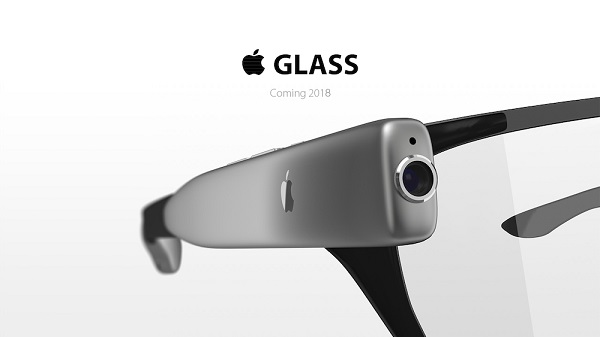The first half of 2017 has passed and the world has been waiting for the new iPhone, which is projected to be launched either late in this year or in 1Q18. However, according to CNBC’s report on 20th June, gadget lovers could probably have a few more things to expect, Apple’s smart glasses ‘iGlass’, for instance.
It is reported that UBS, a Zurich-based financial services company, delivered a note to investors stating the Cupertino might make the most of its augmented reality (AR) innovation on the iPhone to make possible a future smart glasses product, temporarily called ‘iGlass’.
Early in February, a report from Business Insider also stated Apple CEO Tim Cook was highly interested in AR and UBS’s analyst Steven Milunovich even pointed out in the note that the company employed over 1,000 engineers to develop an AR related project in Israel.
Cook obviously preferred AR over virtual reality (VR) due to its connection with the real world which VR lacks as it works in the opposite manner.
The series of Apple’s procurements of AR-related technology companies such as PrimeSense (acquired in 2013), Metaio (in 2015) and RealFace (reported in early 2017) pretty much embodied its ambition to promote AR as its next highlight to attract interest from more users.
UBS believes, despite that fact that Apple has yet to partake in the smart glasses market, it has enough hardware, iPhone or iPad, for example, to eventually bridge it to that space.
The UBS analyst explained that the application would work in a way that a user will be able to view computer images delivered from the AR software installed on the iPhone when wearing Apple’s smart glasses. Those images will be superimposed onto the real world to give users more information of an object or a specific location. He also listed 10 cases where AR can be applied-shopping, entertainment, medical diagnostics, military and such.
However, Milunovich indicated Apple might encounter a design challenge in light of sensors and compute power required. The glasses could possibly have a better-looking design if the Cupertino-based company could figure out an approach to send great amounts of data the other way around from the eyewear to the phone; in other words, to swap the place of the compute power. Then, that also mean Apple might need to cope with the issue to make faster the data transfer between those devices.












